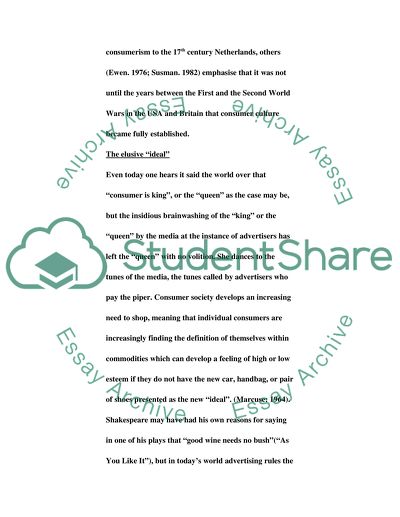Cite this document
(“How does the Media Influence Perception of the Female Representation Essay”, n.d.)
Retrieved from https://studentshare.org/gender-sexual-studies/1501148-how-does-the-media-influence-perception-of-the-female-representation
Retrieved from https://studentshare.org/gender-sexual-studies/1501148-how-does-the-media-influence-perception-of-the-female-representation
(How Does the Media Influence Perception of the Female Representation Essay)
https://studentshare.org/gender-sexual-studies/1501148-how-does-the-media-influence-perception-of-the-female-representation.
https://studentshare.org/gender-sexual-studies/1501148-how-does-the-media-influence-perception-of-the-female-representation.
“How Does the Media Influence Perception of the Female Representation Essay”, n.d. https://studentshare.org/gender-sexual-studies/1501148-how-does-the-media-influence-perception-of-the-female-representation.


